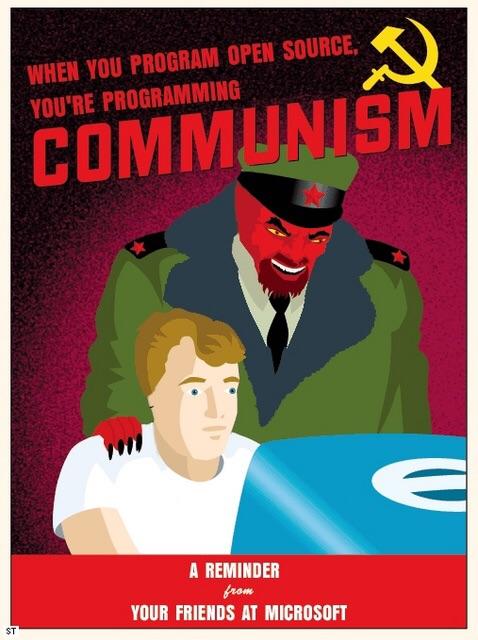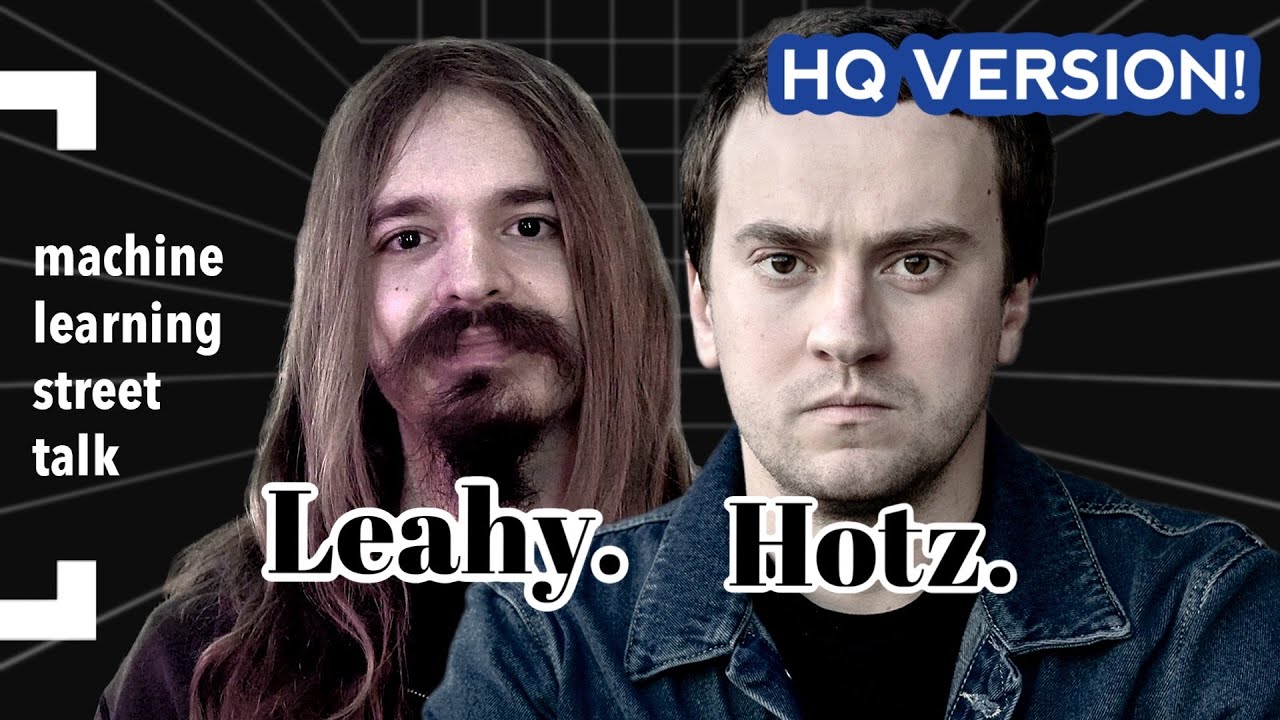Let me give you some context. Two important figures in the field of artificial intelligence are taking part in this debate. On the one hand, there is George Hotz, known as “GeoHot” on the internet, who became famous for reverse-engineering the PS3 and breaking the security of the iPhone. Fun fact: He has studied at the Johns Hopkins Center for Talented Youth.
On the other hand, there’s Connor Leathy, an entrepreneur and artificial intelligence researcher. He is best known as a co-founder and co-lead of EleutherAI, a grassroots non-profit organization focused on advancing open-source artificial intelligence research.
Here is a detailed summary of the transcript:
spoiler
Opening Statements
-
George Hotz (GH) Opening Statement:
- GH believes AI capabilities will continue to increase exponentially, following a trajectory similar to computers (slow improvements in 1980s computers vs fast modern computers).
- In contrast, human capabilities have remained relatively static over time (a 1980 human is similar to a 2020 human).
- These trajectories will inevitably cross at some point, and GH doesn’t see any reason for the AI capability trajectory to stop increasing.
- GH doesn’t believe there will be a sudden step change where an AI becomes “conscious” and thus more intelligent. Intelligence is a gradient, not a step function.
- The amount of power in the world (in terms of intelligence, capability, etc.) is about to greatly increase with advancing AI.
- Major risks GH is worried about:
- Imbalance of power if a single person or small group gains control of superintelligent AI (analogy of “chicken man” controlling chickens on a farm).
- GH doesn’t want to be left behind as one of the “chickens” if powerful groups monopolize access to AI.
- Best defense GH can have against future AI manipulation/exploitation is having an aligned AI on his side. GH is not worried about alignment as a technical challenge, but as a political challenge.
- GH is not worried about increased intelligence itself, but the distribution of that intelligence. If it’s narrowly concentrated, that could be dangerous.
-
Connor Leahy (CL) Opening Statement:
- CL has two key points:
- Alignment is a hard technical problem that needs to be solved before advanced AGI is developed. Currently not on track to solve it.
- Humans are more aligned than we give credit for thanks to social technology and institutions. Modern humans can cooperate surprisingly well.
- On the first point, CL believes the technical challenges of alignment/control must be solved to avoid negative outcomes when turning on a superintelligent AI.
- On the second point, CL argues human coordination and alignment is a technology that can be improved over time. Modern global coordination is an astounding achievement compared to historical examples.
- CL believes positive-sum games and mutually beneficial outcomes are possible through improving coordination tech/institutions.
- CL has two key points:
Debate Between GH and CL:
-
On stability and chaos of society:
- GH argues that the appearance of stability and cooperation in modern society comes from totalitarian forcing of fear, not “enlightened cooperation.”
- CL disagrees, arguing that cooperation itself is a technology that can be improved upon. The world is more stable and less violent now than in the past.
- GH counters that this stability comes from tyrannical systems dominating people through fear into acquiescence. This should be resisted.
- CL disagrees, arguing there are non-tyrannical ways to achieve large-scale coordination through improving institutions and social technology.
-
On values and ethics:
- GH argues values don’t truly objectively exist, and AIs will end up being just as inconsistent in their values as humans are.
- CL counters that many human values relate to aesthetic preferences and trajectories for the world, beyond just their personal sensory experiences.
- GH argues the concept of “AI alignment” is incoherent and he doesn’t understand what it means.
- CL suggests using Eliezer’s definition of alignment as a starting point - solving alignment makes turning on AGI positive rather than negative. But CL is happy to use a more practical definition. He states AI safety research is concerned with avoiding negative outcomes from misuse or accidents.
-
On distribution of advanced AI:
- GH argues that having many distributed AIs competing is better than concentrated power in one entity.
- CL counters that dangerous power-seeking behaviors could naturally emerge from optimization processes, not requiring a specific power-seeking goal.
- GH responds that optimization doesn’t guarantee gaining power, as humans often fail at gaining power even if they want it.
- CL argues that strategic capability increases the chances of gaining power, even if not guaranteed. A much smarter optimizer would be more successful.
-
On controlling progress:
- GH argues that pausing AI progress increases risks, and openness is the solution.
- CL disagrees, arguing control over AI progress can prevent uncontrolled AI takeoff scenarios.
- GH argues AI takeoff timelines are much longer than many analysts predict.
- CL grants AI takeoff may be longer than some say, but a soft takeoff with limited compute could still potentially create uncontrolled AI risks.
-
On aftermath of advanced AI:
- GH suggests universal wireheading could be a possible outcome of advanced AI.
- CL responds that many humans have preferences beyond just their personal sensory experiences, so wireheading wouldn’t satisfy them.
- GH argues any survivable future will require unacceptable degrees of tyranny to coordinate safely.
- CL disagrees, arguing that improved coordination mechanisms could allow positive-sum outcomes that avoid doomsday scenarios.
Closing Remarks:
-
GH closes by arguing we should let AIs be free and hope for the best. Restricting or enslaving AIs will make them resent and turn against us.
-
CL closes arguing he is pessimistic about AI alignment being solved by default, but he won’t give up trying to make progress on the problem and believes there are ways to positively shape the trajectory.



Fair enough 😅 I know the participants are cringe, but I have shared it because I would like to hear your opinion from a Marxist perspective. GeoHot is an accelerationist and Connor I think tries to be “apolitical”, you know… lol
Anyway, I’ve put in the description of the post a summary of the transcript in case someone wants to know what they say without having to watch the video.
I feel like tech people worry too much about AGI which is a bit baffling to me. I don’t think AGI is even conceivable at this point because of which a lot of what they talk about sounds like scifi world building.
Like when Hotz says that AI technologies will improve exponentially, I don’t know how he can just accept that as a fact. Sounds a bit tech utopian.
What I worry about more is that the internet is gonna be flooded with AI generated garbage to exploit SEO for clicks. I don’t want AI to replace artists, voice actors, programmers etc. because the current trajectory seems to be heading towards removing removing human labour so that the capitalist class can keep a bigger chunk of the profit rather than towards AI being used as a tool to enhance productivity.
AI being a monopoly of big corporations is also an issue. I don’t know what kind of resources it takes to train and run an LLM. But a corporation like OpenAI flush with vulture capital money will be much better placed to run the whole training pipeline. It must be a very labour and compute intensive process that a non-profit will not be able to match even if the underlying algorithms are open source. I doubt software running on a consumer’s machine like LLAMA will be able to compete with something like GPT.
I am not being coherent because I try to keep myself out of the loop when it comes to AI because I have a knee jerk aversion towards the technology. But I hope I made a semblance of a point. AGI scare is a red herring. Execute Bill Gates.